Draglines are an expensive and essential part of open-cut coal mining. Small improvements in performance can produce substantial savings. The design of the bucket and the way in which it fills with overburden are very important to the overall dragline performance. What is a Dragline Excavator in Mining?
Draglines are used to remove overburden, which can be up to 50m deep, exposing the coal deposits below in open pit coal mining.
They use huge buckets, up to 100 m3, that are dragged down the sides of the pit and filled with previously blasted overburden.
There are hundreds of such walking draglines operating around the world. They are an expensive and essential part of open pit coal mining.
It is estimated that a 1% improvement in dragline performance would save tens of millions of dollars per year.
Its performance is affected by many factors, including how the dragline is operated, where the material is taken from and where it is deposited, and the location of temporary deposits.
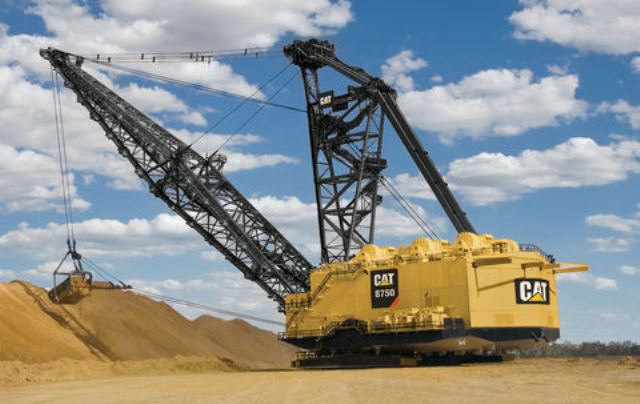
Dragline walking
Draglines are huge earth-moving machines. They work by lowering a bucket to the surface of the waste to be excavated and dragging it down the slope towards the machine.
As the bucket moves across the ground, its teeth bite into the rock and soil, breaking it up and loosening it.
This material is then picked up by the teeth and the front edge of the bucket and flows in, eventually filling it.
The bucket is then raised as the dragline rotates. Finally, the spoil (the material from the bucket) is dumped into a spoil pile.
This is located in a previously mined area. The dragline digs down to the coal seam, which can then be mined, once fully exposed.
The dragline walks slowly along the edge of the well.
Dragline uses
Draglines are by far the most widely used overburden removal equipment in open pit coal mining. A dragline sits on top of the overburden, excavates the overburden material directly in front of it, and disperses the material to distances greater than a shovel.
Compared to shovels, draglines provide greater flexibility, work higher banks and move more material per hour. The largest dragline in operation has a bucket capacity of 170 cubic meters.
In a typical excavation cycle, the bucket is placed on the material to be excavated. The bucket is then lowered and then the tow rope is pulled so that the bucket is dragged along the surface of the material.
The bucket is then raised using the lifting cable. A rocking operation is then performed to move the bucket to the place where the material is to be unloaded. The tow rope is then released, causing the bucket to tilt and empty.
This is called a dump operation.
The bucket can also be “launched” by winding it up to the arm and then releasing a clutch on the trailing cable.
This would then swing the bucket like a pendulum. Once the bucket had passed vertically, the hoist rope would be released thus throwing the bucket.
Largest dragline in the world
Caterpillar produces some of the largest draglines used in open pit mining operations. Among the largest draglines according to bucket capacity are the mythical Big Muskie, Caterpillar-8200, Bucyrus, and Big Kate, among others.
Mining operations have a long and complex history, with several giant machines built in their heyday that still holds world records. One of these dragline bucket excavators holds the record for the world’s largest dragline, even though the machine has been out of service for several years.
This is the story of the Big Muskie dragline, the largest dragline in the world.
How big was Big Muskie?
Big Muskie had a huge cube that could hold two buses side by side. So much energy was needed to operate the cables and motors that the electricity used could have powered 27,500 homes while the machine was running.
Electricity costs tens of thousands of dollars an hour and explains why the crew of five used to work at night when energy costs were cheaper.
Big Muskie was mobile, but only for short distances, usually less than a mile. It had hydraulic walking feet and moved about 2 inches per second or about 0.1 mph.
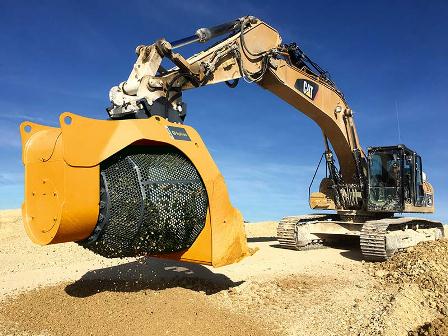
Backhoe Bucket Sizes
Buckets for backhoe loaders match the machine to the job. Whether quarry, construction site, or landscaping job, they focus the full power and performance of the machine on the task at hand.
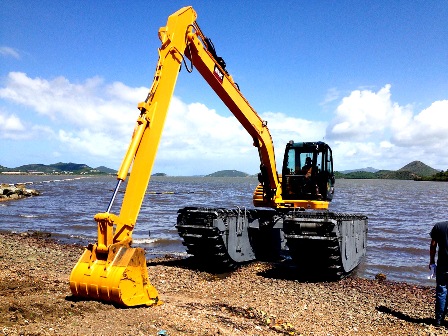
Amphibious Excavator
Dredging is the removal of sediment and debris from the bottom of lakes, rivers, harbors, and other bodies of water, which can be done by an amphibious excavator.
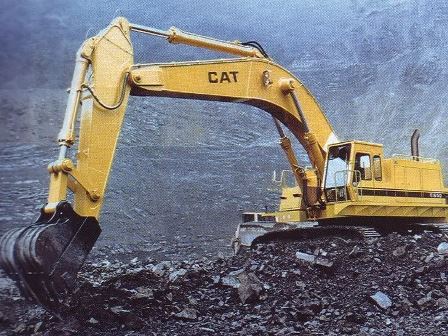
Hydraulic Excavator – how it works?
Essential in the mining sector, over time they incorporated hydraulics, automation, electronics, information technology, etc. Developed for engineering and heavy-duty.
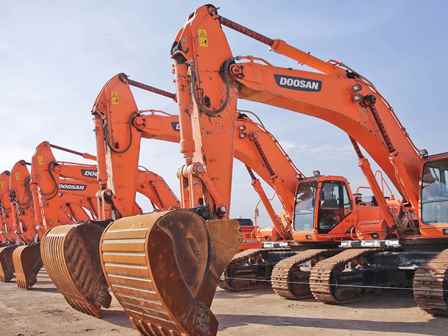
How much can an excavator lift?
The use of excavators for lifting operations, particularly on construction sites, has become more common over the last few years.
